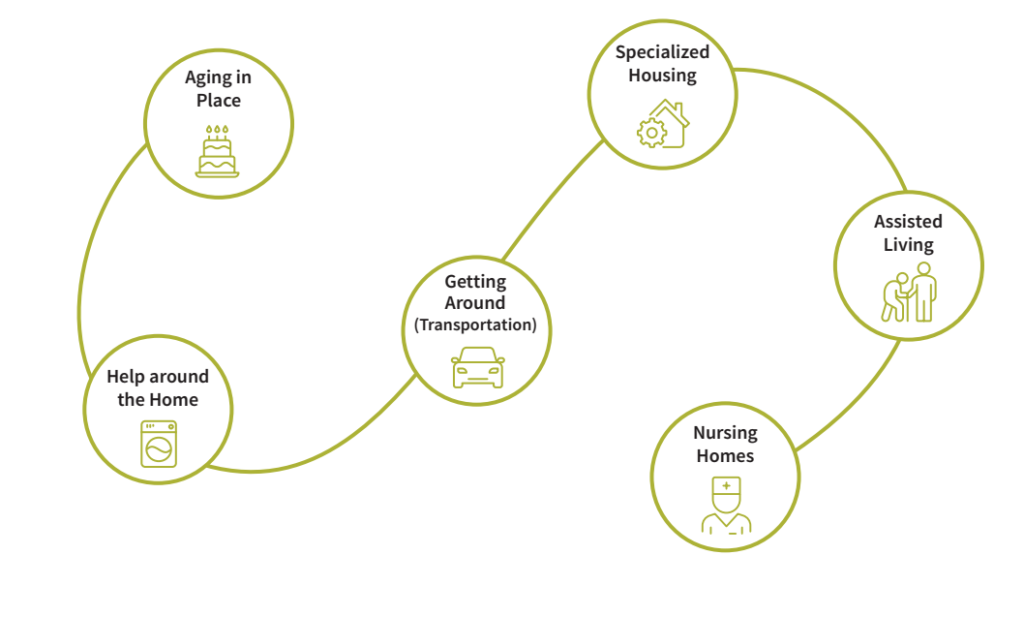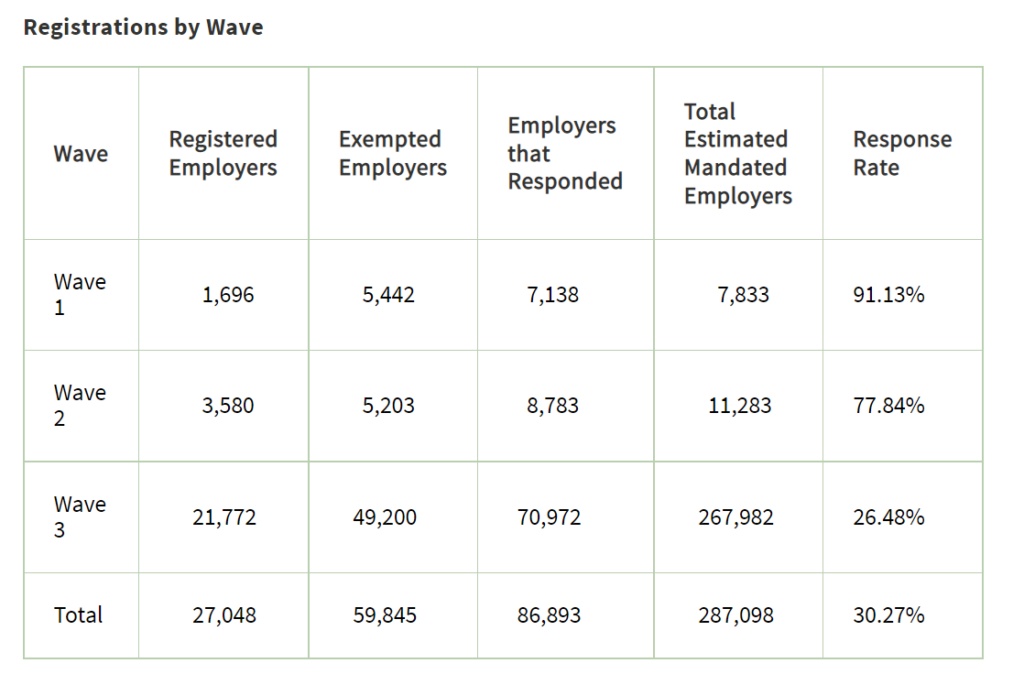Link: https://www.pionline.com/pension-funds/uks-ldi-related-turmoil-could-spread-experts-say
Graphic:

Excerpt:
The Bank of England’s emergency bond-buying last week helped shore up U.K. pension funds and threw a spotlight on a popular strategy among corporate plans known as LDI – or liability-driven investing.
Total assets in LDI strategies in the U.K. rose to almost £1.6 trillion ($1.8 trillion) at the end of 2021, quadrupling from £400 billion in 2011, according to the Investment Association, a trade group that represents U.K. managers. Many LDI mandates allow for the use of derivatives to hedge inflation and interest rate risk.
….
Here’s how LDI works: Liability-driven investing is employed by many pension funds to mitigate the risk of unfunded liabilities by matching their asset allocation and investment policy with current and expected future liabilities. The LDI portion of a pension fund’s portfolio utilizes liability-hedging strategies to reduce interest-rate risk, which could include long government and credit bonds and derivatives exposure.
Jeff Passmore, LDI solutions strategist at MetLife Investment Management, said the situation with U.K. pension plans “has been challenging, and the heavy use of derivatives in the U.K. LDI model has made the current situation worse than it would otherwise be.”
While most U.S. LDI portfolios rely on bonds rather than derivatives, ‘”those U.S. plan sponsors who have leaned heavily on derivatives and leverage should take a cautionary lesson from what we’re seeing currently across the Atlantic.”
….
The U.K. pension debacle “is a plain-and-simple problem of leverage,” Charles Van Vleet, assistant treasurer and chief investment officer at Textron, said in an email.
Many U.K. pension plans were interest rate-hedged at 70%, while also holding 60% in growth assets, suggesting 30% leverage, he said. The portfolio’s growth assets have lost around 20% of value if held in public equities and fixed income or about 5% down if held in private equity, he noted.
“Therefore, to make margin calls on their derivative rate exposure they had to sell growth assets – in some cases, selling physical-gilts to meet derivative-gilt margin calls,” Mr. Van Vleet said.
“The problem is worse for plans who gain rate exposure with leveraged ETFs. The leverage in those funds is commonly via cleared interest rate swaps. Margin calls for cleared swaps can only be met with cash – not posted collateral. Therefore, again selling physical-gilts to meet derivative-gilt margin calls.”
Author(s):
BRIAN CROCE
COURTNEY DEGEN
PALASH GHOSH
ROB KOZLOWSKI
Publication Date: 5 Oct 2022
Publication Site: Pensions & Investments




